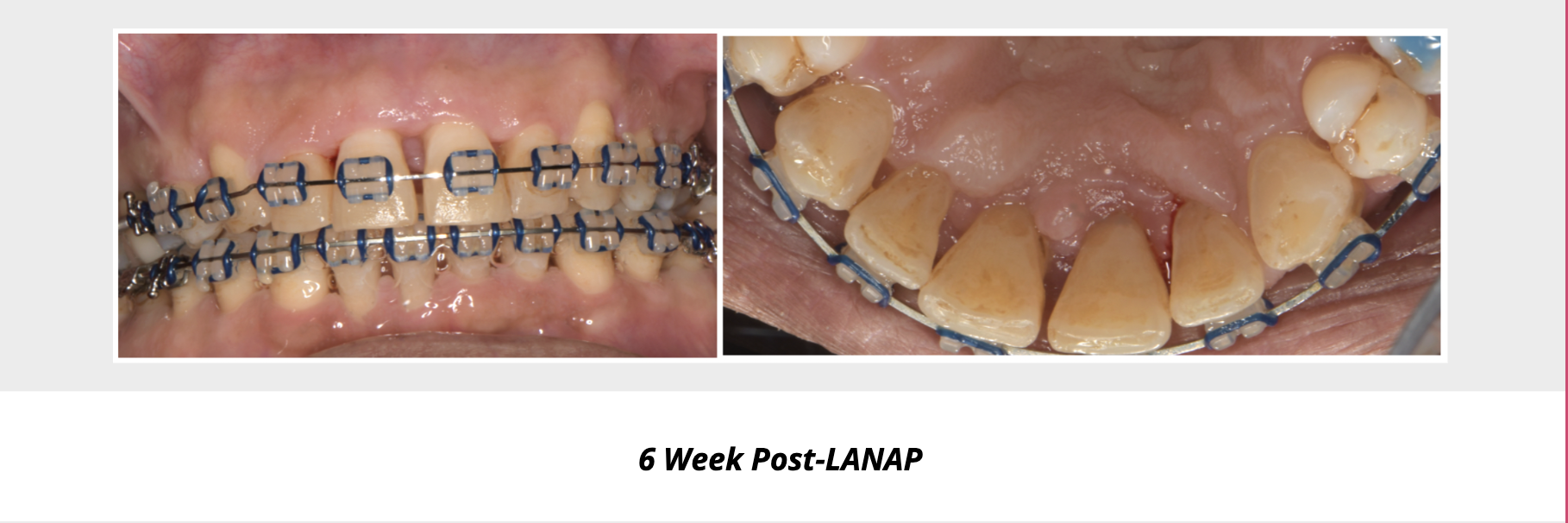LANAP: Laser-Assisted New Attachment Procedure – A New Option for the Treatment of Periodontal Disease
LANAP is a minimally invasive, Nd:YAG laser-based protocol designed for the treatment of periodontal disease. The specific steps of LANAP are designed to debride pocket epithelium, disinfect the root surface, and stabilize a fibrin clot, while preserving as much healthy tissue as possible. The procedure may replace traditional periodontal surgical therapy in some patients.
What is the treatment?
In full mouth patients, patients will typically have treatment on the right side on one day and the left side on another day, usually within two weeks of each other. Patients can have full mouth treatment in a single day, but sedation is recommended for these patients. No blades or sutures are used in LANAP treatment, so most post-op discomfort is manageable with over-the-counter analgesics and patients can resume normal activities within 24-48 hours.
Which patients are candidates?
Not every patient is an ideal candidate for LANAP! Traditional surgical therapy is often still indicated, especially in patients with localized intrabony defects. LANAP works well in patients with:
1. generalized horizontal bone loss
2. cases of severe bone loss where surgical therapy may increase mobility or compromise the prognosis of teeth
3. generalized persistent inflammation despite treatment
4. localized, narrow furcation defects
-
5. patients who will not pursue traditional surgical therapy due to fear or financial constraints.
Is there research to support its use?
Human histology remains the strongest signal, with studies by Yukna and by Nevins demonstrating new cementum, periodontal ligament, and alveolar bone on previously diseased root surfaces following LANAP. These findings are consistent with true periodontal regeneration. In addition, the American Academy of Periodontology’s Best Evidence Consensus notes that lasers yield clinical outcomes comparable to traditional therapy when used appropriately, so patient selection and adherence to a defined protocol are key to treatment outcomes.
Will it cause as much recession as traditional periodontal surgery?
Because the approach is tissue-sparing, recession is limited and significantly less than traditional surgery.
Is it as effective as traditional surgery?
When chosen for the right patients, LANAP can achieve pocket depth reduction and clinical attachment gains similar to conventional surgery, with human histology supporting true regeneration in select circumstances. We discuss options with each patient and coordinate maintenance closely with your office.








